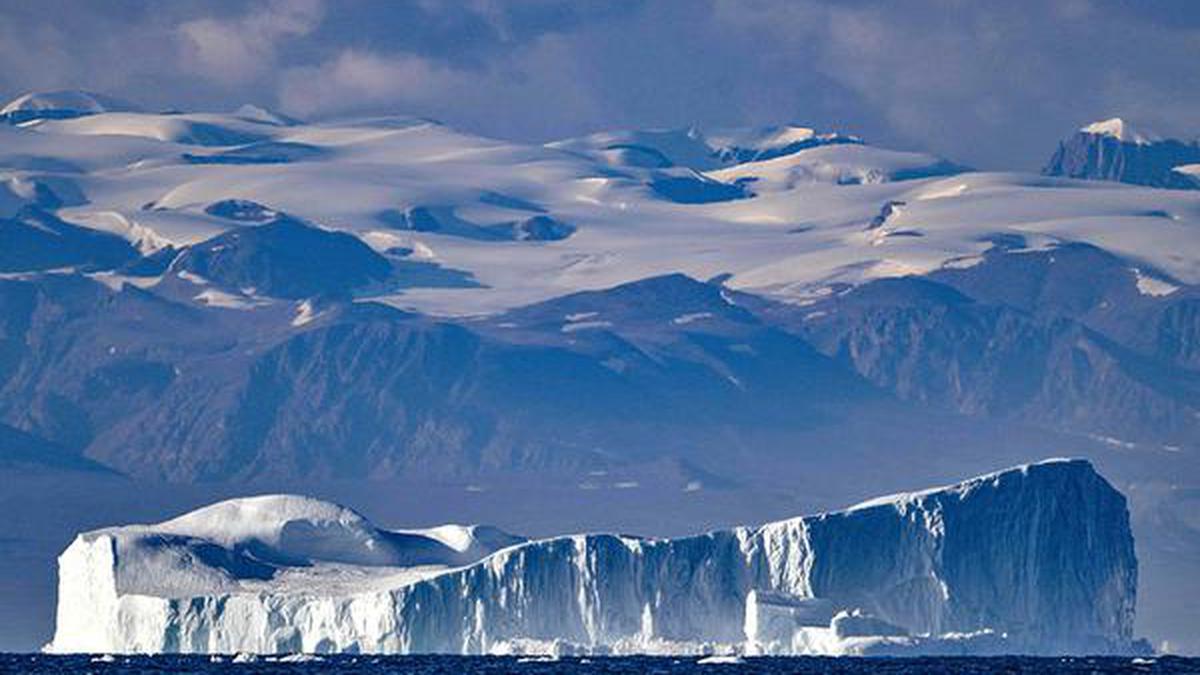
Russia’s war is weakening scientists’ ability to track the climate
The Hindu
War in Ukraine is preventing scientists from accurately measuring Arctic climate change, impacting global understanding of environmental changes.
Human activities have caused the earth to slowly heat up, and now it looks like war – another very human phenomenon – is preventing scientists from accurately measuring how rapidly our climate is changing.
Global temperatures are rising, but temperatures in the Arctic region are rising even faster. Studies suggest a grim reality: that the Arctic is warming nearly four-times faster than the rest of the world. The consequences of this go way beyond just the Arctic. The melting permafrost and rising sea-levels can have devastating effects on local ecosystems as well as the climate.
Many research stations in the Arctic are part of the International Network for Terrestrial Research and Monitoring in the Arctic (INTERACT). They continuously monitor environmental conditions in the different countries in the region. One country that makes up almost half of it is Russia – but since it invaded Ukraine, foreign scientists haven’t had access to data from Russian field stations.
Global collaborations with Russia have collapsed since the invasion and scientists from outside Russia who were earlier able to travel to field sites in the country to collect data can’t do so anymore. Climate projects that run on European funding also don’t allow them to officially collaborate with Russian partners, for now.
“We have to deal with this invisible wall, where there is no flow of data from the Russian side to our side. It is kind of like a blind spot,” said Efrén López-Blanco, an Arctic researcher at Aarhus University in Denmark. “And I want to believe that it is a temporary blind spot.”
Dr. López-Blanco and his colleagues recently reported that excluding data from Russia has heavily biased climate data. “When there is an increase in bias, there is a decrease in our ability to either describe or track Arctic changes,” he said.
The researchers used multiple earth-system models (ESMs) to understand ecosystem conditions across the Arctic region. They focused on eight “essential variables” of the Arctic ecosystem, including temperature, vegetation, precipitation, and snow depth. ESMs are fully coupled climate, land, and ocean computational models that can be used to generate data for the entire planet. Those used in the study were the same ones the U.N. Intergovernmental Panel on Climate Change uses to assess the world’s changing climate.

The crowning achievement of American inventor William Painter’s career was, well, inventing the now-ubiquitous crown bottle cap. Oh, and not to forget, the bottle cap lifter to open these crowns, or what we simply call the bottle openers. A.S.Ganesh tells you how Painter changed the bottling industry forever…










